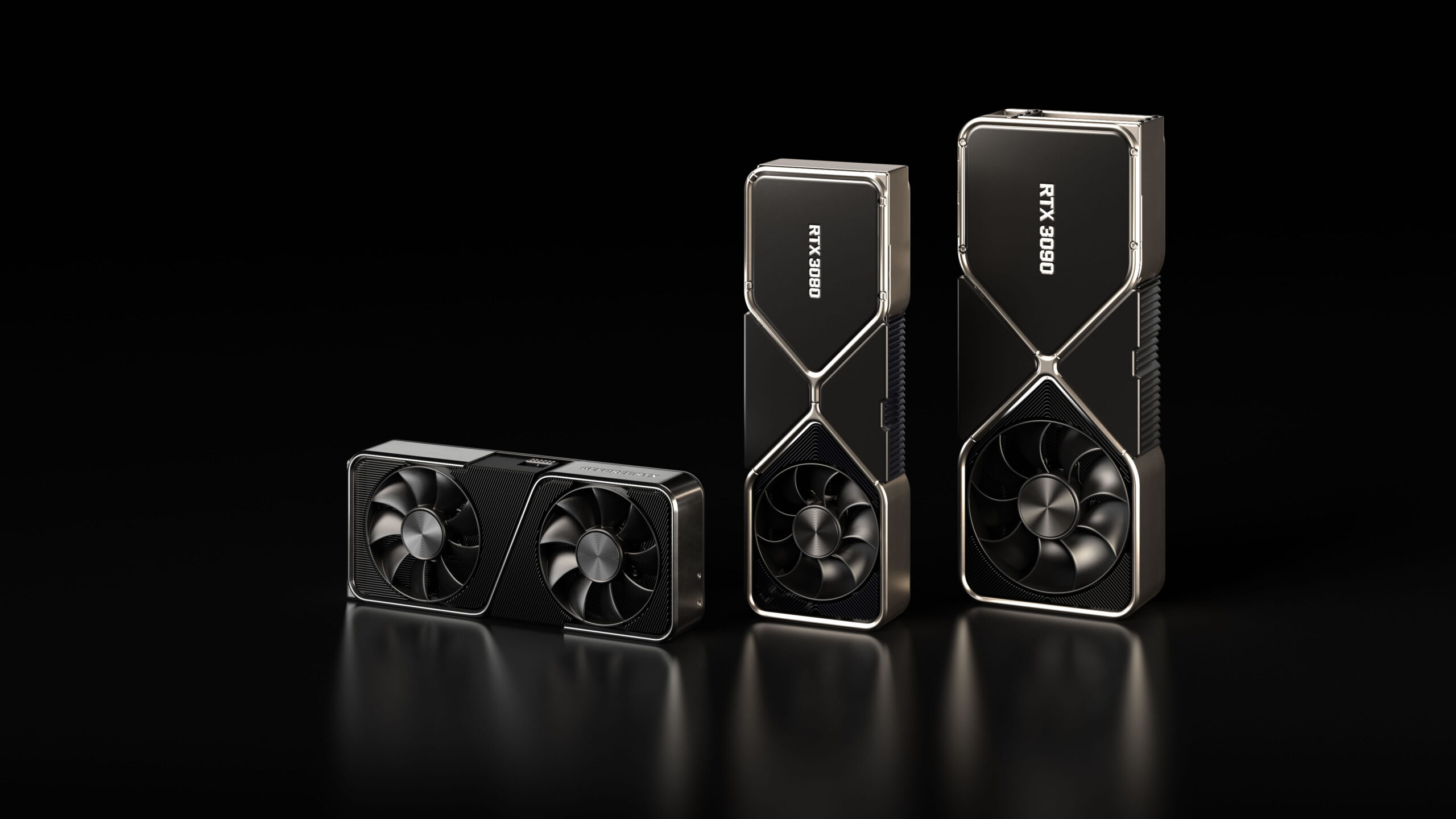Rendering is the process of transforming data from 3D models into high-quality images. This technique has been used for a long time, since the early days of 3D animation. Rendering is a complex and time-consuming process, but it can be done efficiently with the right hardware. If you’re looking to build your own 3D rendering computer, you’ve come to the right place.
In this article, we’ll examine the main components you’ll need to create a 3D rendering computer.
Processor A processor is the foundation of your 3D rendering computer. This is because it’s responsible for processing all the data needed for rendering. When it comes to choosing the right processor, you should look for the best value for money. If you’re looking for a high-performance processor, you should spend a bit more.
The first processor we recommend for rendering is the Intel Core i9 or the Ryzen 9 7950x.
Another processor option is the AMD Ryzen Threadripper. This processor is designed to offer a high level of performance, with up to 32 cores and 64 threads. It’s ideal for intensive rendering tasks, such as game and animation creation.
If you’re looking for a more affordable processor, AMD also offers the Ryzen 5. This processor has up to 8 cores and 16 threads, making it a great processor to use for 3D rendering projects. Another option is the Intel Core i7. This processor is fast and has up to 8 cores and 16 threads. It’s ideal for mid-sized 3D animation projects.
Finally, one of the most popular processors for rendering is the AMD Ryzen 7. This processor has up to 8 cores and 16 threads, making it ideal for high-performance 3D projects.
With so many different options available, it’s important to consider which processor is best for your rendering needs.
If you’re looking for a high-performance processor, the Core i9 and Ryzen Threadripper are great options. If you need an affordable processor, the Ryzen 5, Core i7 and Ryzen 7 are good choices.
Graphics Card
A high-performance graphics card is essential for 3D rendering. The graphics card should be able to process large amounts of data, as well as provide detailed and realistic images.
Animation rendering is an increasingly important area for industry professionals. When creating complex animations, artists need high-quality hardware to ensure their animations are rendered efficiently.
However, with so many graphics card options on the market, finding the perfect GPU for rendering can be a daunting task. That’s why we’ve put together this article to help artists choose the best GPU for high-quality animation rendering. The first thing to consider is that most high-performance GPUs, such as the NVIDIA RTX series, are ideal for rendering. These GPUs have special ingredients that help accelerate the rendering process, such as NVIDIA’s parallel processing technology, which allows GPUs to work together to get faster results.
Additionally, it’s important to consider the video memory on your GPU. The more memory you have, the better your rendering performance will be.
GPUs with at least 8GB of memory should be your choice for animation rendering, and the recommendation is the more memory the better, as GPUs equipped with 24GB are the most recommended for a professional level.
Finally, don’t forget to consider your budget. While more expensive GPUs are generally the best, it is possible to find good budget GPU options for animation rendering if you know where to look. Now that you know what the best GPUs for animation rendering are, it’s time to choose yours! With the information above, you will have the knowledge you need to choose the right GPU for your animation rendering needs.
Memory RAM
Memory RAM is another important component for 3D rendering. This is because memory RAM is responsible for processing large amounts of data. For 3D rendering, we recommend that you use at least 16 GB of memory RAM, with 32GB or even 64GB being recommended. However, if you are doing more complex projects, you may need more memory RAM.
Storage
You will also need a storage system to store your rendering files. If you are doing large-scale 3D rendering, we recommend that you invest in a high-performance storage system. For example, a solid-state drive (SSD) can be a good option. This is because it is faster than a traditional hard drive.
3D rendering is an extremely complex and time-consuming task. However, the right hardware can speed up the rendering process. In this article, we examine the key components you need to build a 3D rendering computer. We hope this article has helped you to choose the right components for your 3D rendering computer.

